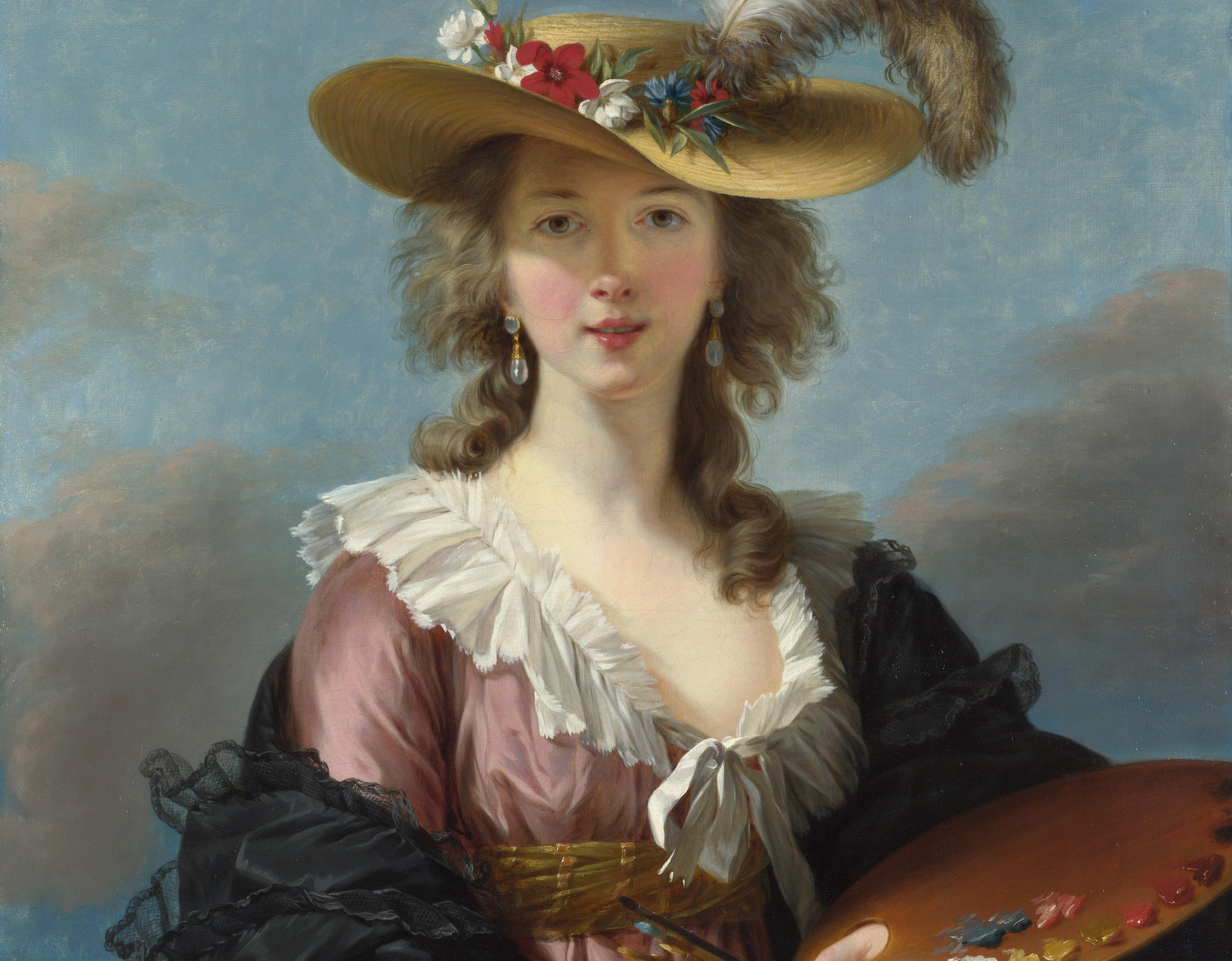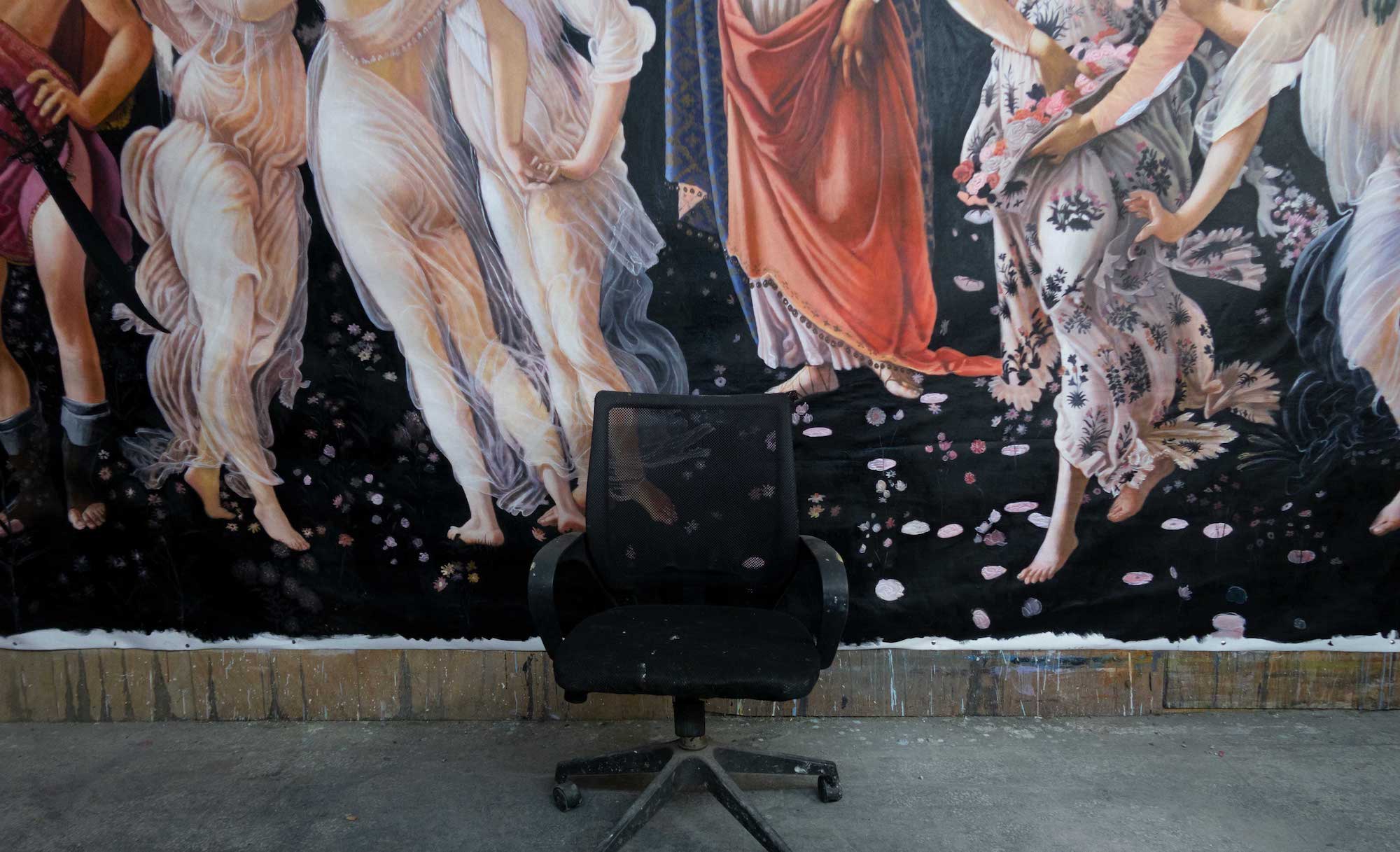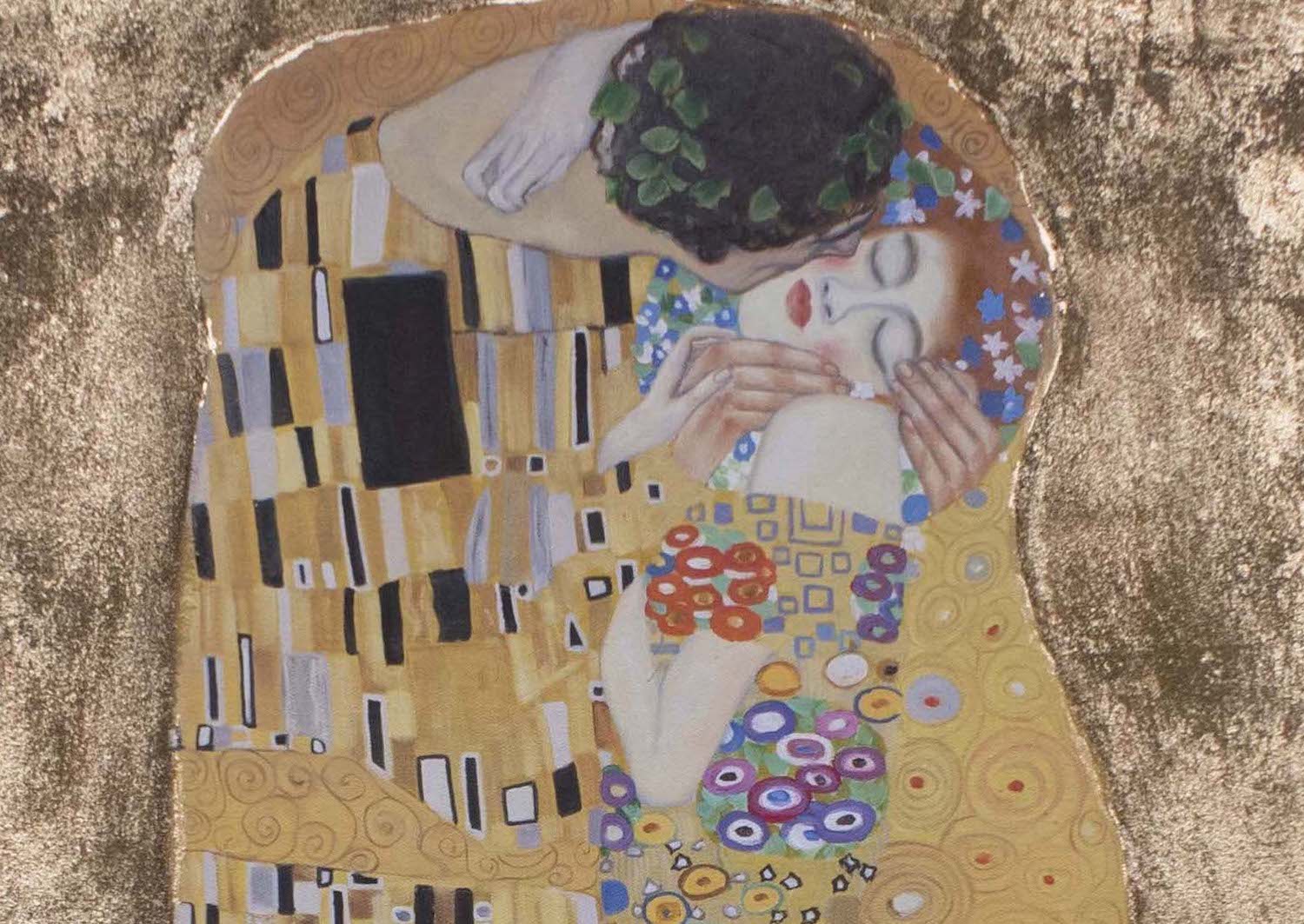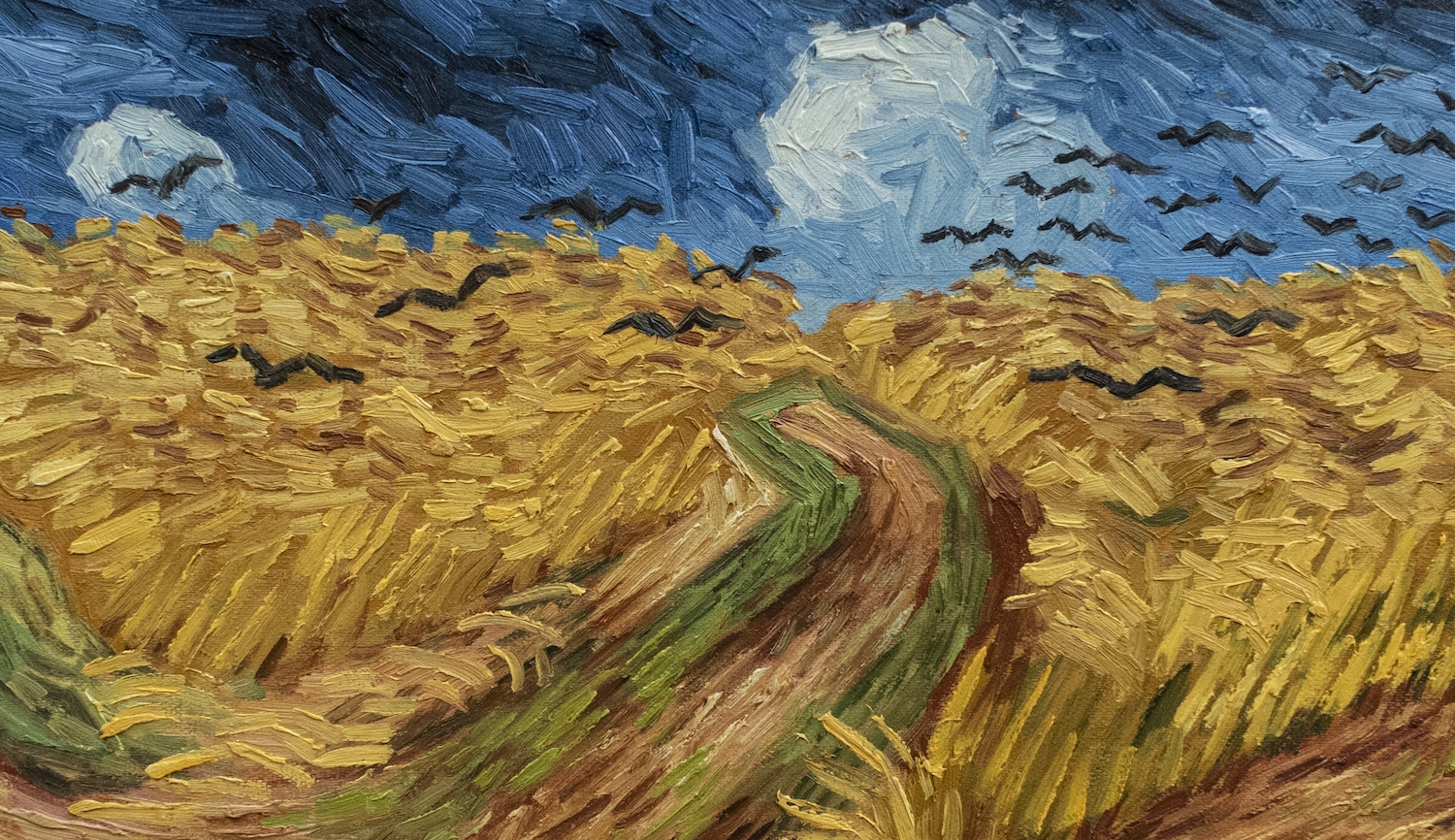It is said that Vincent van Gogh embodied the same sharpness and unbridled energy that can be seen in his paintings. Like a guy who sometimes eats words whole, his artwork scared people of his day. Only a few of Van Gogh's paintings were sold during his brief lifetime. He felt hopeless. Although he did not stop working hard, his style continued to evolve. These days, his pieces are among the most sought-after collectibles in the art world.
There was a sense of urgency in Vincent Van Gogh's work. He was under constant pressure and felt he had to produce as much as possible within a limited time. The artist's signature broad, expressive brushstrokes conveyed his emotional state and gave his works a sense of motion. It wasn't uncommon to apply the paint straight from the tube. In his last 70 days, he painted continuously.
The paint was often applied in solid and broad strokes with Van Gogh's brush. The term "impasto" is used to describe this method. When an artist applies several coats of paint to a canvas, the brushstrokes become more distinct and give the work a unique feel. When painting, Vincent preferred to use a brush or palette knife to apply a rich, undiluted flat color. Sometimes he would spread paint on canvas with his finger to create his signature colorful swirls. Van Gogh's paintings and drawings seem to be practically three-dimensional because of the relief on their surfaces. Depending on the lighting, they give off a variety of appearances.
The Starry Night
The thick coat of paint used to produce the rich texture of The Starry Night was applied in forceful, vigorous brushstrokes. In this case, the surface texture is just as crucial as the hue, arrangement, or setting.




The Harvest
The Harvest, painted by Van Gogh, is widely considered one of the artist's best landscape works. In this panoramic shot from the summer of 1888, when Vincent was at the height of his abilities in Provence, he paints a scene of rolling meadows fading away into the distance towards the Les Alpilles (the minor Alps).
Most of The Harvest was written in only one day, even though it required intense focus in the midday heat. While noting to his brother Theo, Vincent said, "my head is so fatigued" after a day spent working in the fields. Like an actress in a demanding part on stage, he said, "One's mind is enormously strained, like having to think about a thousand things at once." After work, "the only thing that soothes and distracts... is to have a strong drink or smoke extremely heavily," as the author puts it.




The painter had to make sacrifices in every area of his life. He ditched the paintbrush in favor of a reed pen to save money. Like last year's views of Montmajour, Vincent wrote to Theo, "I'm thinking about starting to sketch more with the reed pen again," even though doing so would be cheaper and just as distracting.
The artist's method has been revolutionized by the pen, which has led to strikingly new landscapes. In his explorations, Van Gogh found strength in rounded brushstrokes, lines' geometry, and the sky's force filled with dots. He achieves an excellent rhythm by alternating straight parallel lines with a spray of divergent dots and curls that evoke waves and spirals. The artist relies heavily on lines since they reveal the object's texture. A sharp edge, barb, and smooth bending may all be felt. The brushstrokes developed into Van Gogh's primary means of expressing himself visually.
In Arles, Vincent van Gogh hoped to establish a "Studio of the South" for a community of creatives. The painter Paul Gauguin was the first and only artist to live with him. Their cooperative effort, however, soon descended into fighting and squabbling. After two months, everyone abandoned Van Gogh.
Self-Portrait
Sharing ideas with Gauguin was beneficial to Van Gogh's art. Gauguin so moved him that he started painting from memory. His paintings progressed from realistic to more aesthetically pleasing. Through his use of color and brushwork, Van Gogh communicated his emotional response to the world around him. He used to paint to capture the atmosphere rather than accurately depict it.








Head of a Skeleton with a Burning Cigarette
This joke about a skeleton with a lighted cigarette in its mouth is childlike. Van Gogh painted this in early 1886 while attending the art college in Antwerp. This artwork demonstrates his mastery of human anatomy. In the academy, sketching skeletons was a regular practice, but painting them was not. This artwork wasn't created during class time.




Vincent's Bedroom in Arles
The bedroom at the Yellow House, where Van Gogh lived while in Arles, is the subject of this picture. He set up the space by himself, arranging basic furnishings and hanging his artwork on the walls. The use of such vivid hues was intended to convey a state of complete rest or slumber. According to the available evidence, discoloration over time is responsible for the work's current stark color contrasts. For example, rather than blue, the walls and doors were originally purple.
Meanwhile, Van Gogh didn't make a mistake when he depicted the back wall at an obtuse angle; that corner was off-kilter. It seems that the picture does not adhere consistently to the principles of perspective, yet this is intentional. In a letter to Theo, Vincent said that he had "flattened" the interior and omitted the shadows to make the painting seem like a Japanese print. He said, "When I saw my canvases again after my sickness, what appeared to me the nicest was the bedroom." (The Bedroom) Van Gogh was delighted with the work.
I want to customize the two portraits on the right of the painting, please. I would like them to be replaced with images of David Bowie using the album covers of Alladin Sane and Heroes, keeping the Impressionist style.




Sunflowers 1888
Sunflower paintings by Van Gogh are among his most well-known works. He completed them between 1888 and 1889 at Arles, in the south of France. Five enormous paintings depicting sunflowers in a vase were painted by Vincent using just three different tones of yellow, as he put it. Using several tints of a single hue, he showed that a picture could be made without sacrificing nuance or sophistication.




Wheatfield under Thunderclouds
In his last weeks, Van Gogh painted many stunning works inspired by the wheat fields near Auvers. One of those places would be this wide-open meadow cloaked in night.
His goal in painting these scenes was to convey a sense of "sadness, severe loneliness." In contrast, Van Gogh's intense feelings about nature had a cheerful undertone. "I'd almost imagine that these canvases would tell you what I can't explain in words," he wrote to his brother Theo regarding his mural paintings.
Wheatfields beneath thunderclouds have an unusually long shape. The simplistic composition of two horizontal planes also helps to highlight the landscape's grandiosity.




Wheatfield with Crows
One of Van Gogh's most recognizable works is Wheatfield with Crows. Many people believe this to be his last creation. It has been said that the ominous cloud cover, the presence of crows, and the dead-end road all portend the imminent end of his life. However, it is merely a myth that refuses to die. He continued to create art after this.
While Van Gogh intended his paintings of stormy wheatfields to convey feelings of "sadness, severe loneliness," he also hoped to highlight what he found "healthy and nourishing" in the countryside.
The blue sky contrasts with the yellow-orange wheat, and the road's red is heightened by the green strips of grass, both of which are examples of Van Gogh's use of color.








